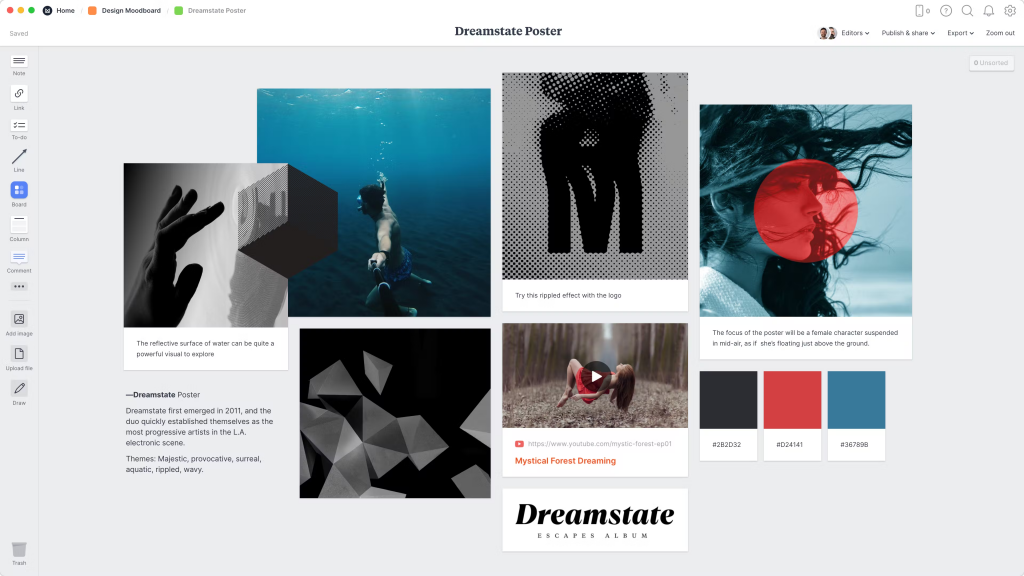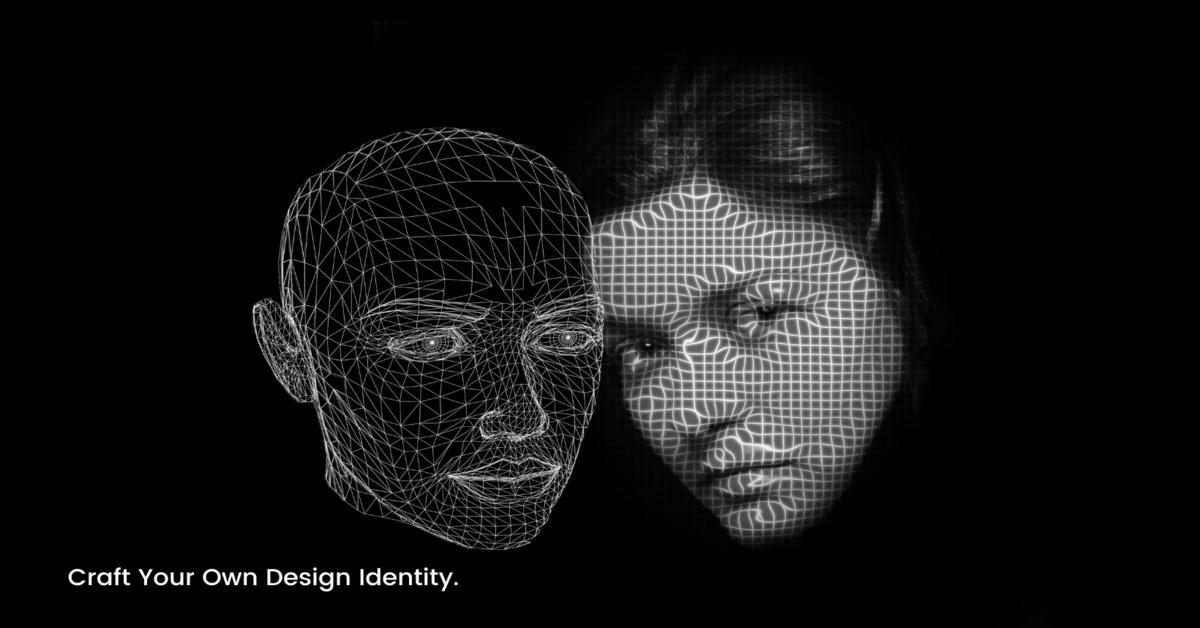Design identity is a critical concept for any designer to understand and develop. It’s the foundation of your portfolio, your design work, and your professional brand. Crafting your own design identity requires understanding the elements of identity, defining your style, and exploring new ways to express your ideas, but with the right tools and resources, crafting your own design identity can be an achievable goal.

Analyze Your Personal Aesthetic
By taking the time to analyze your aesthetic, you can gain a better understanding of what design styles and elements appeal to you and give you a glimpse into the style of design that you prefer. This is valuable information to have when designing your own work, as it can help you to create designs that are reflective of your own individual style and taste.
On top of this, analyzing your own aesthetic can also be a great way to stay organized and make sure that you are creating consistent designs. Having a good understanding of the elements that make up your style can help you to create pieces that are all in line with one another, while also allowing you to experiment with different techniques and ideas. This can be incredibly helpful when it comes to creating a portfolio that showcases your unique design identity.

Create a Mood Board
They are visual representations of how you want to express yourself and your work. They provide a platform to curate, organize, and share your ideas, inspirations, and goals. By creating a mood board, you’re able to create a cohesive look and feel to your projects. It also helps to define your overall design identity. It’s a great way to get inspired and bring your ideas to life. Do you know how to create a Mood board? here.
Additionally, Mood boards can also be a great way to collaborate with other designers, as you can use them to compare and contrast ideas. Ultimately, creating a mood board is a great way to create your own design identity, as it allows you to express yourself and your work in a visually appealing way.
Define Your Brand
Once you have experimented and found a style that you are happy with, it’s time to define your brand. Think about the message you want to convey and how you want to be perceived by others. This will help you to create a cohesive design identity that is unique to you. By tying together the elements of your brand identity, you will be able to create a coherent and recognizable look that will stand out from the competition.

Research Your Competitors
Take the time to research what other design identities are out there. Look at the designs of your competitors, and note the elements that stand out to you. What makes their design identity unique? What elements do you like or dislike?
By researching the competition, you can gain insight into what other designs are out there and how you can stand out from the crowd. You can see what design trends are popular, what color palettes and typography styles are being used, and even what other designers are charging for their services. Knowing this information can help you determine your own pricing structure and what type of design style you should use in order to make your work stand out.
Conclusion
By creating a design identity for yourself, you can set yourself up for success in the design industry by having a consistent look and feel to showcase your work. Once you have established your design identity, you can use it as a platform to express yourself and be a part of the creative community. With a cohesive and well-defined design identity, you can be sure that your work will be noticed and appreciated. Discover your own Design niche at Artmeet.


